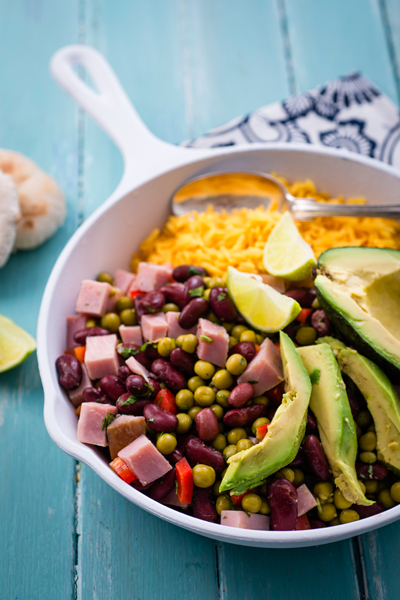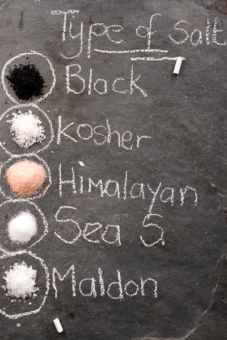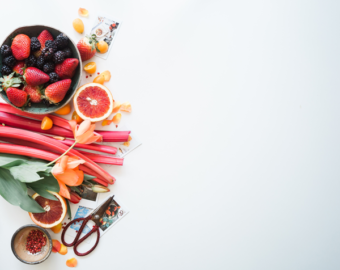
The World Health Organisation recommends limiting salt intake to no more than 5g per person per day (5g = 1 level teaspoon). However, most people cook with salty ingredients, add extra salt at the table and choose processed foods with hidden salt. This results in them consuming an average of 8.5g per day.

Here are simple changes you can make to help you reduce salt in your daily intake.
See Also: 5 healthy foods you are probably cooking wrong
1. Cut down – Gradually add less salt to your favourite recipes. Your taste buds will soon adapt to the taste of food without too much salt.
2. Add flavour to your meals – Use herbs, spices, garlic, ginger, chilli and lemon to add flavour to your food instead of using extra salt.
3. Check food labels – When grocery shopping, check the food labels to help you identify those low in sodium (salt). Look out for the Heart Mark logo which is an endorsement of the HSFSA (Heart and Stroke Foundation South Africa).
4. Remove the salt shaker – Remove salt and salty sauces off the table so that your children do not develop this habit.
5. Eat more fruit and vegetables – The minerals in these, as well as whole grains, lentils, beans and low-fat dairy, help to lower blood pressure. Remember to drain and rinse canned vegetables and beans.

Get your blood pressure checked for free from 16 March to 8 April at all Dis-Chem in-store pharmacies nationwide.




